Technical Appliances
The collection includes industrially produced or handmade technical appliances and objects. They serve in a variety of contexts relating to manufacturing, communication or work, or also private consumption and leisure time activities in Germany from 1945 to the present.
Vehicles
Cars, Vans, Bicycles, Motorbikes
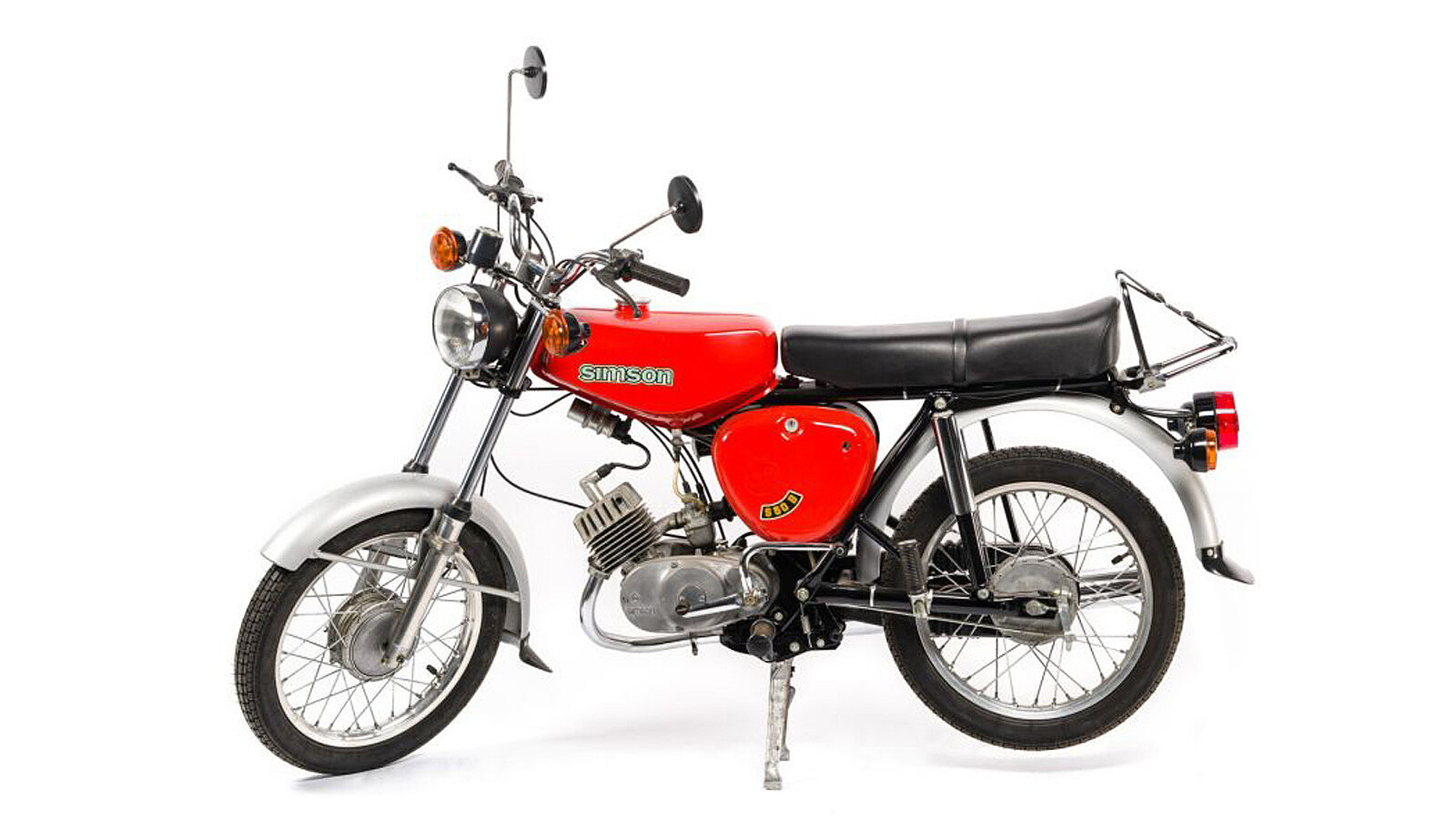
Vehicles
Cars, Vans, Bicycles, Motorbikes
The collection encompasses vehicles driven by engines or by human muscle power and vehicles used manually. The technological history of the individual vehicle is taken as the yardstick for its inclusion in the collection, but is not decisive. More important is whether the objects are associated with a special (hi)story. For example, the collection features a “Goldstaub Wartburg” made entirely of spare parts that were scarce in Communist East Germany, an NSU bicycle from the “Senate Reserve” that had been mothballed for 40 years, destined for use in the event of a renewed blockade of West Berlin, and an Opel van used in 2016 to smuggle refugees into Europe. These vehicles are typical of their day or reflect social and economic trends in Germany since 1945.
Contact
Military Gear
Weapons, Ammunition and other Military Objects
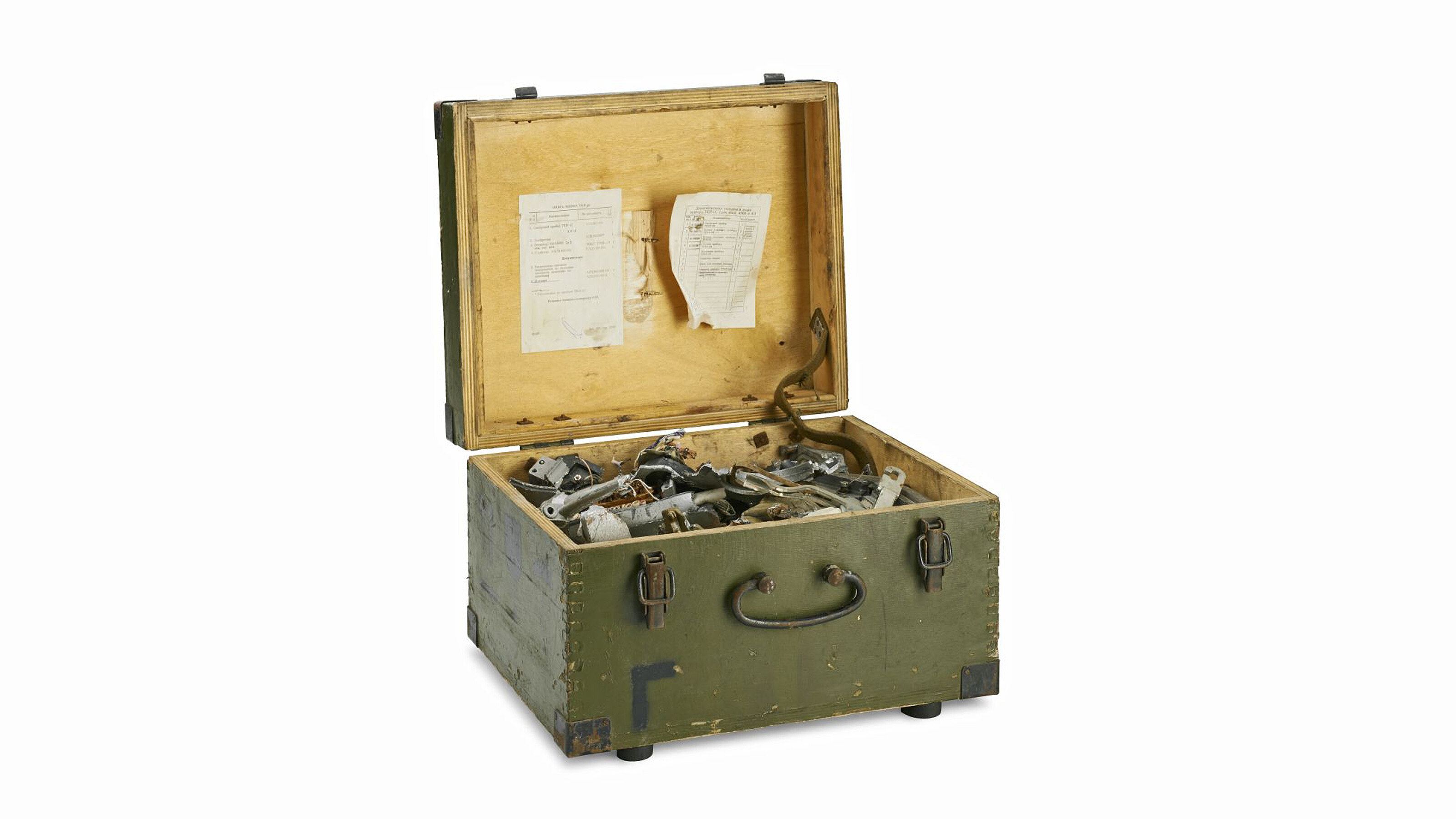
Military Gear
Weapons, Ammunition and other Military Objects
The collection includes weapons and devices from a (para)military context that were or are needed by the armed forces to discharge their military duties by land, sea, or air. Especially worthy of mention are (parts of) equipment systems, small arms and personal or general items of equipment.
Work Equipment
Machines, Materials, Office Materials
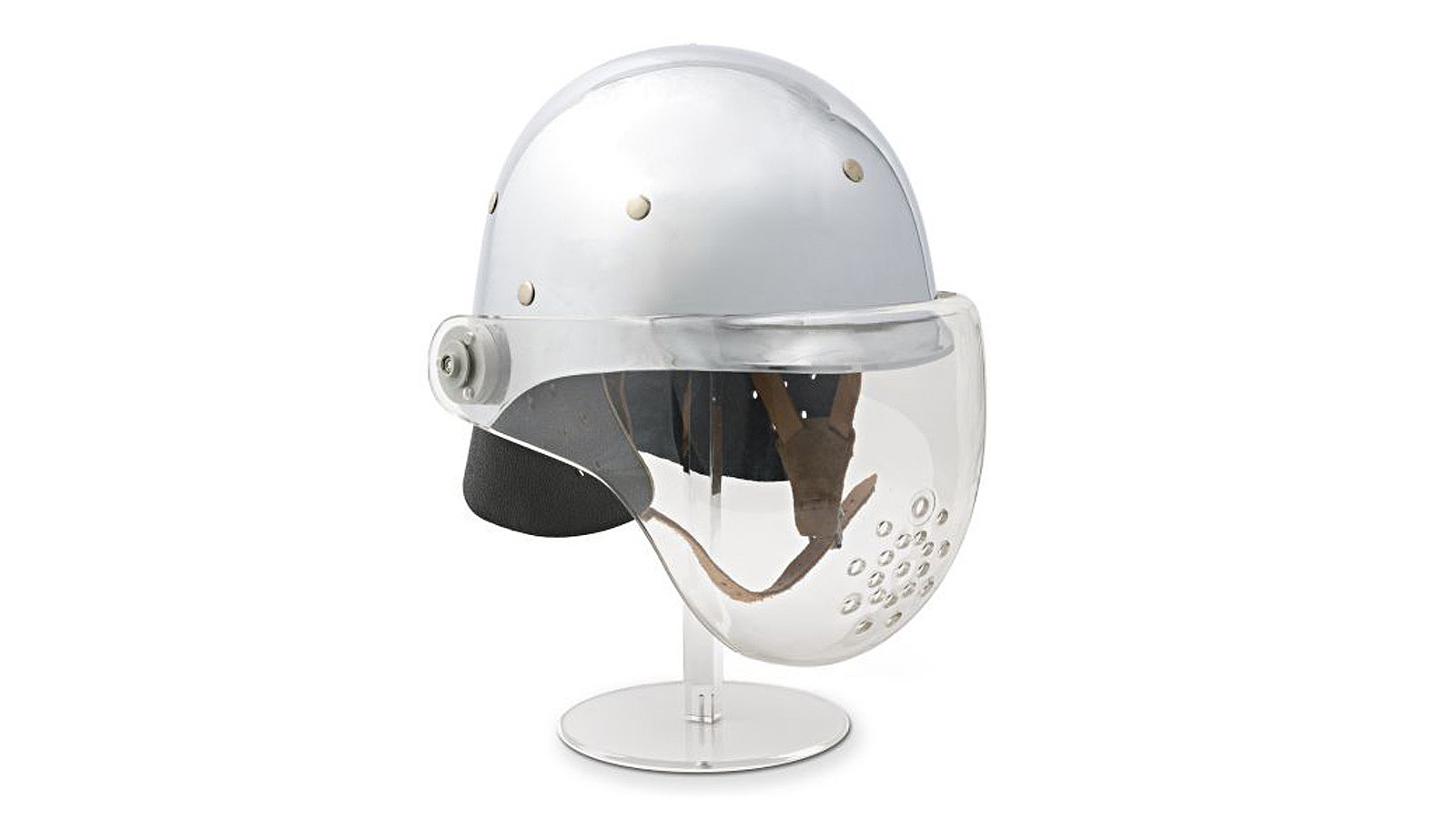
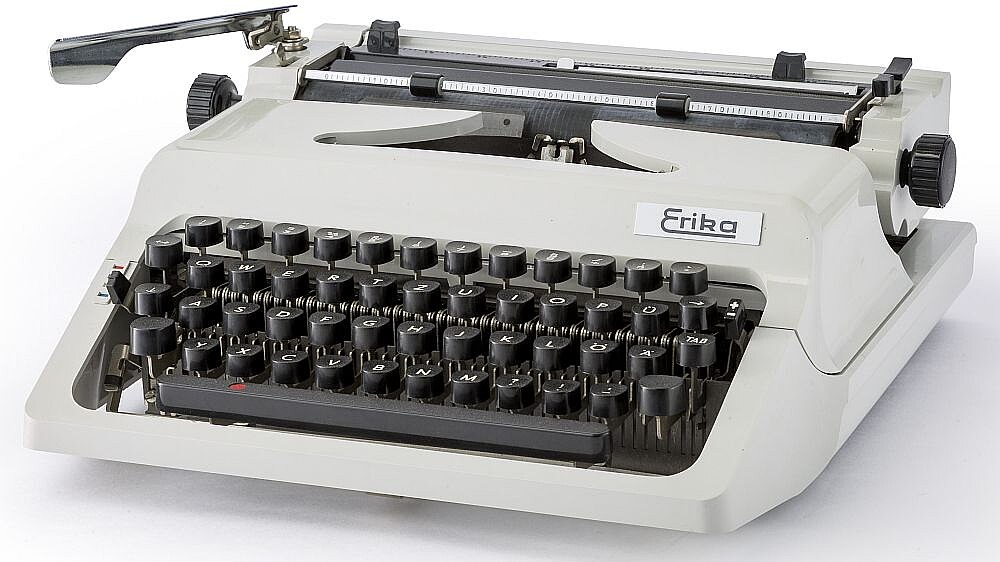
Work Equipment
Machines, Materials, Office Materials
Work equipment consists of objects used for industrial or individual work processes to make something. It includes both hand tools used in the construction industry or farming and technical equipment for offices, not to mention medical equipment from doctors’ surgeries. We document the specific requirements for specific work processes that allow conclusions to be drawn on social and cultural trends and the history of technology.
Household Appliances
Toasters, Fridges, Food Processors
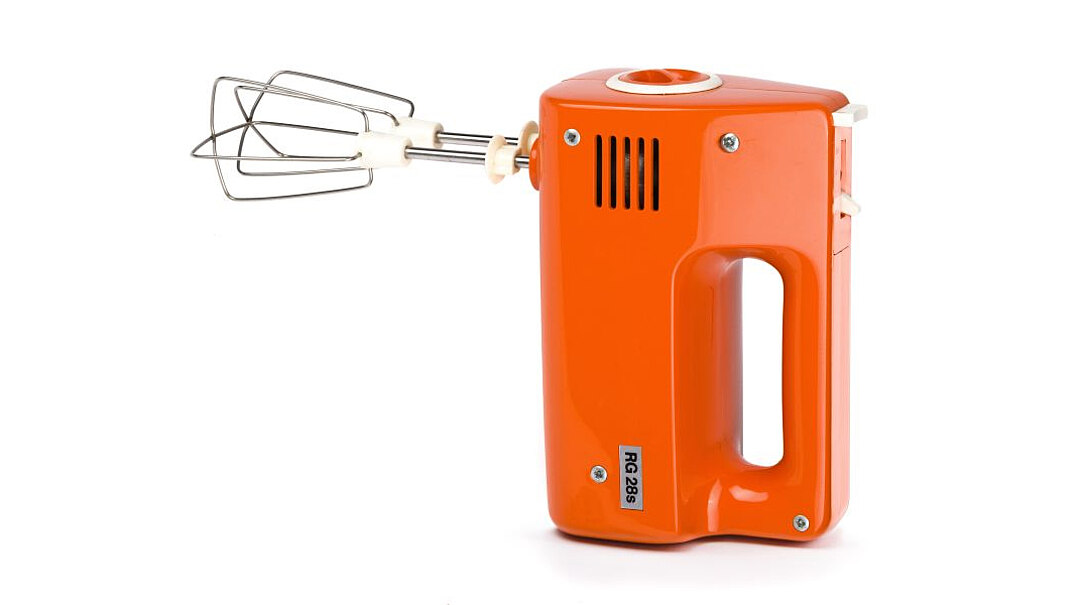
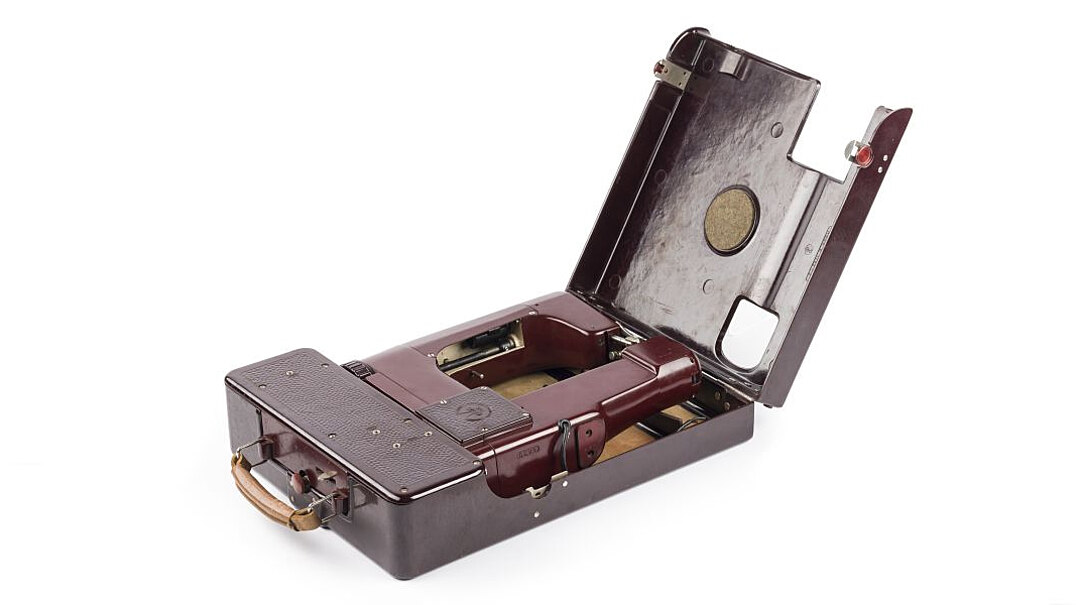
Household Appliances
Toasters, Fridges, Food Processors
Household appliances are objects used in private and public households. They are to be distinguished from household objects by dint of the fact that they are electrical. They include toasters, coffee machines, microwave ovens, multi-function food processors, fridges, freezers, dishwashers, vacuum cleaners, hairdryers and washing machines. The collection focusses on appliances that reflect social and cultural history and technological trends since 1945.
Optical Appliances
Cameras, Video Cameras and Projectors
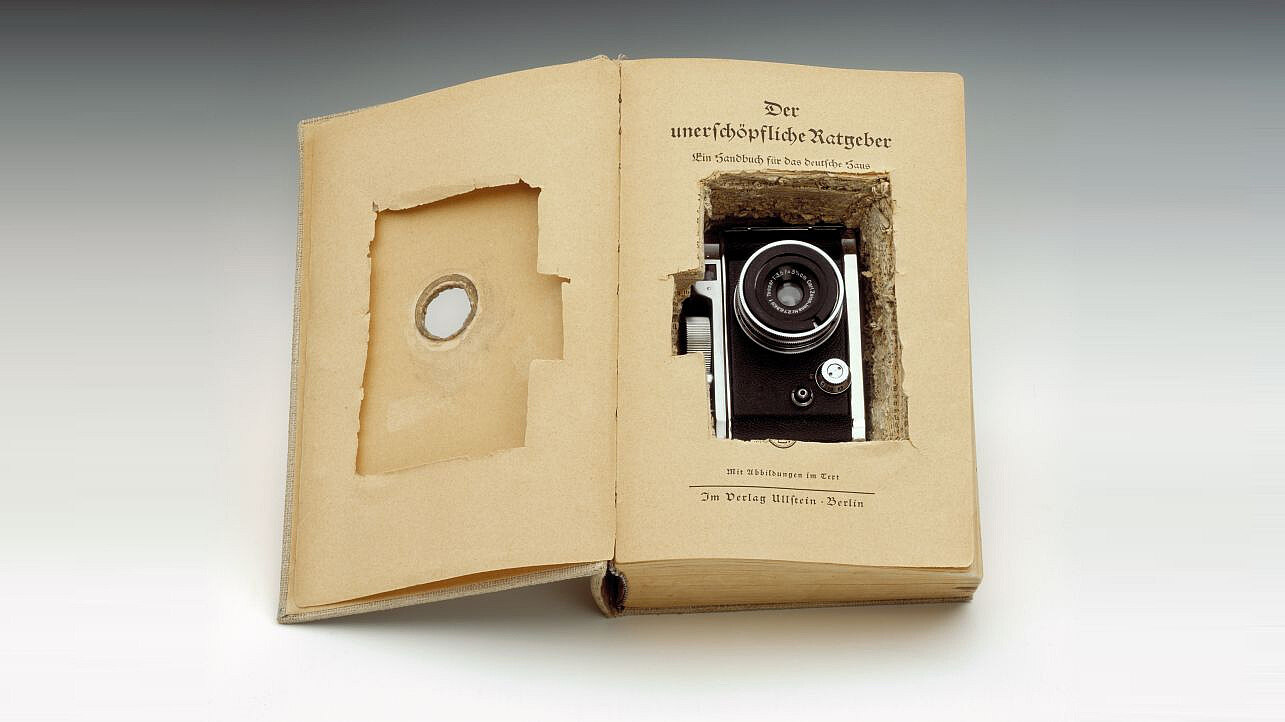
Optical Appliances
Cameras, Video Cameras and Projectors
The “Optical Appliances” area of the collection includes objects that use a lens to enlarge, project or record images and/or films. The emphasis is on cameras and film cameras made in Germany after 1945 and the relevant accessories, slide and film projectors, microscopes, spectacles and magnifying glasses. Objects relating to an historical event or figure are of especial interest.
Entertainment electronics
Radios, TVs and iPods
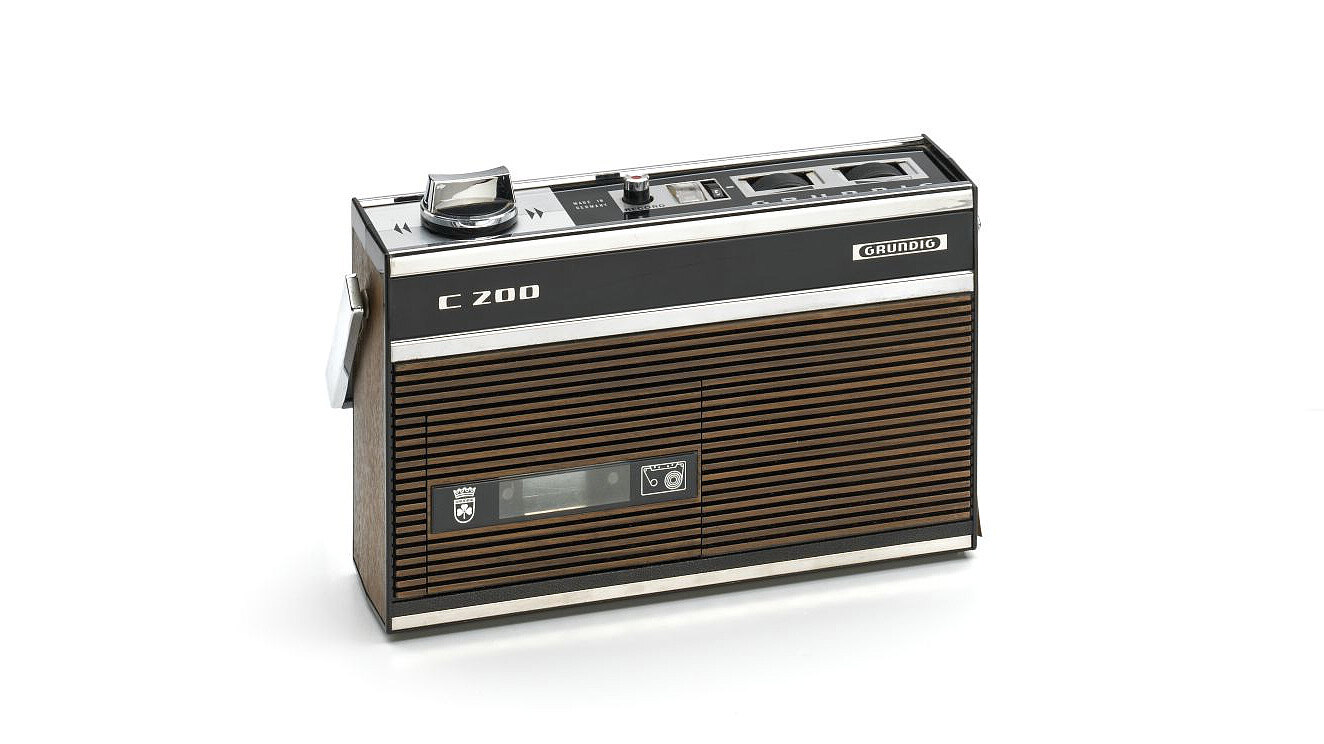
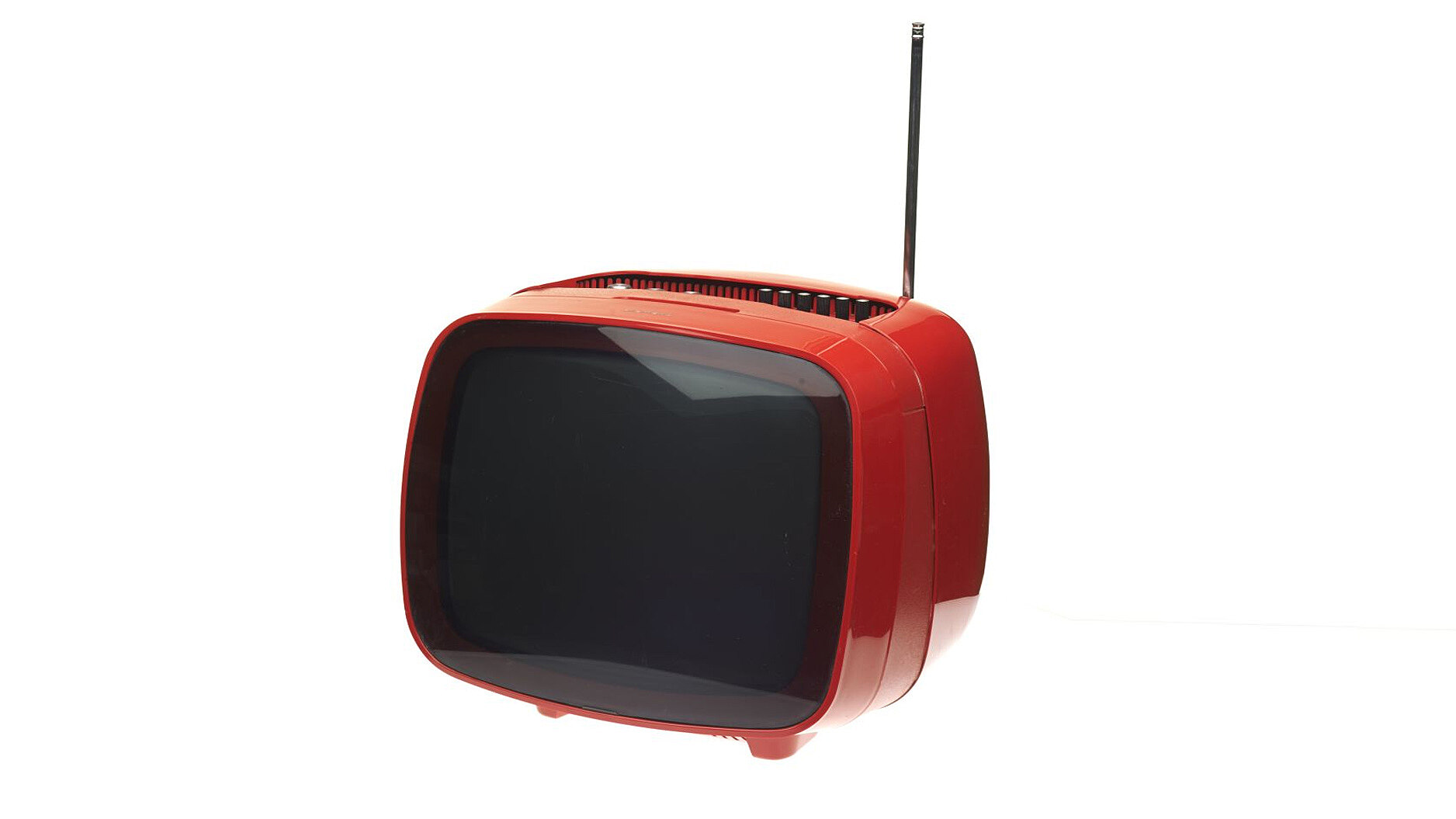
Entertainment electronics
Radios, TVs and iPods
The collection includes TV sets, radios and music players, from record players and Walkman cassette players to MP3 players. The objects reflect social and cultural history as well as trends in technology and everyday life.
Coin-operated machines
Jukeboxes, Chewing Gum Dispensers, Pinball Machines
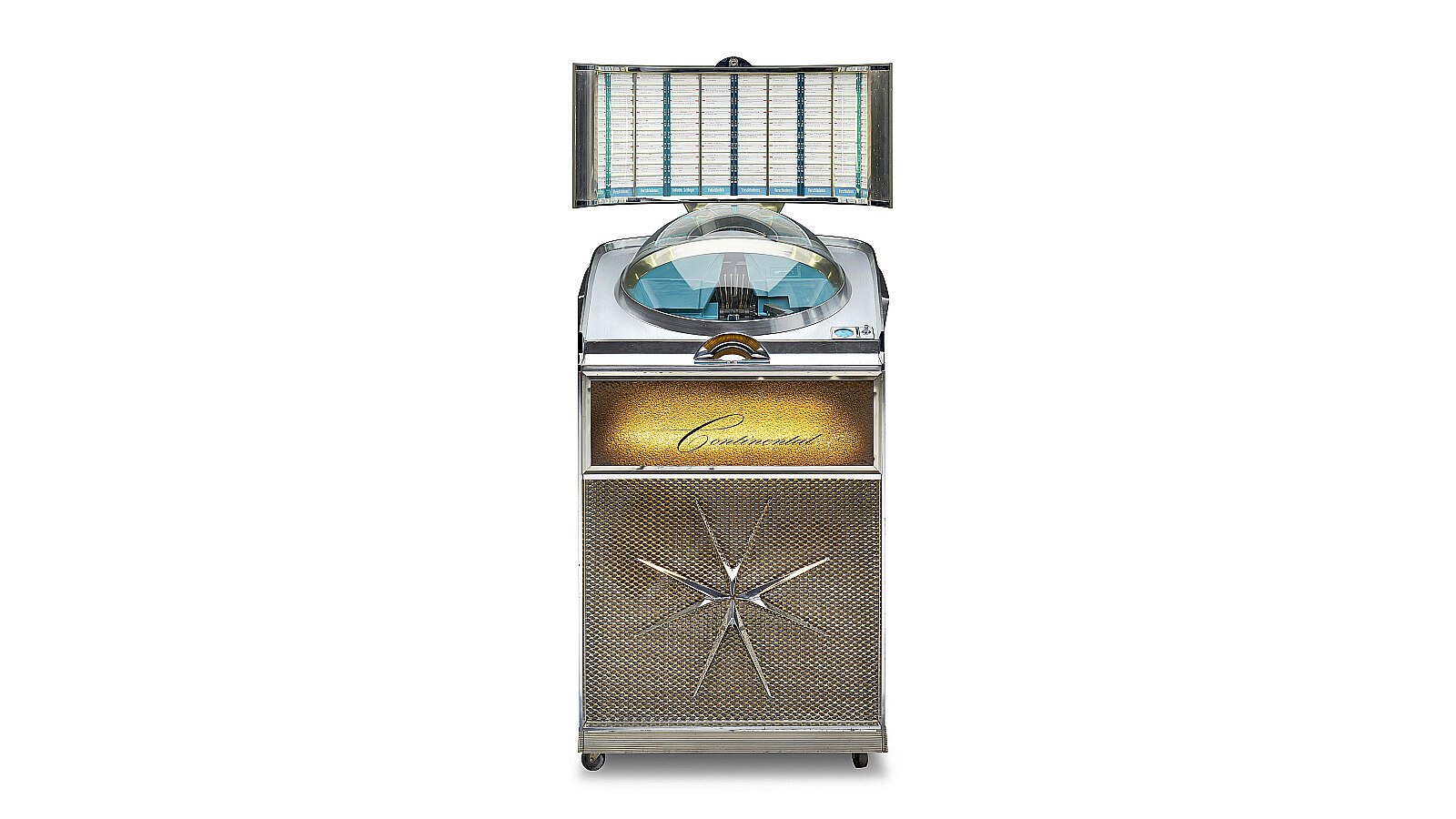
Coin-operated machines
Jukeboxes, Chewing Gum Dispensers, Pinball Machines
The “Coin-Operated Machines” collection includes technical appliances that, when a coin is inserted, provide a service, release a product stored inside them or allow a game to be played. The majority of the items in this collection are entertainment machines, such as jukeboxes or games machines, like pinball machines. They primarily reflect social trends and the history of everyday life and Pop culture since 1945.
Telecommunications device
Telephones, radios and smartphones
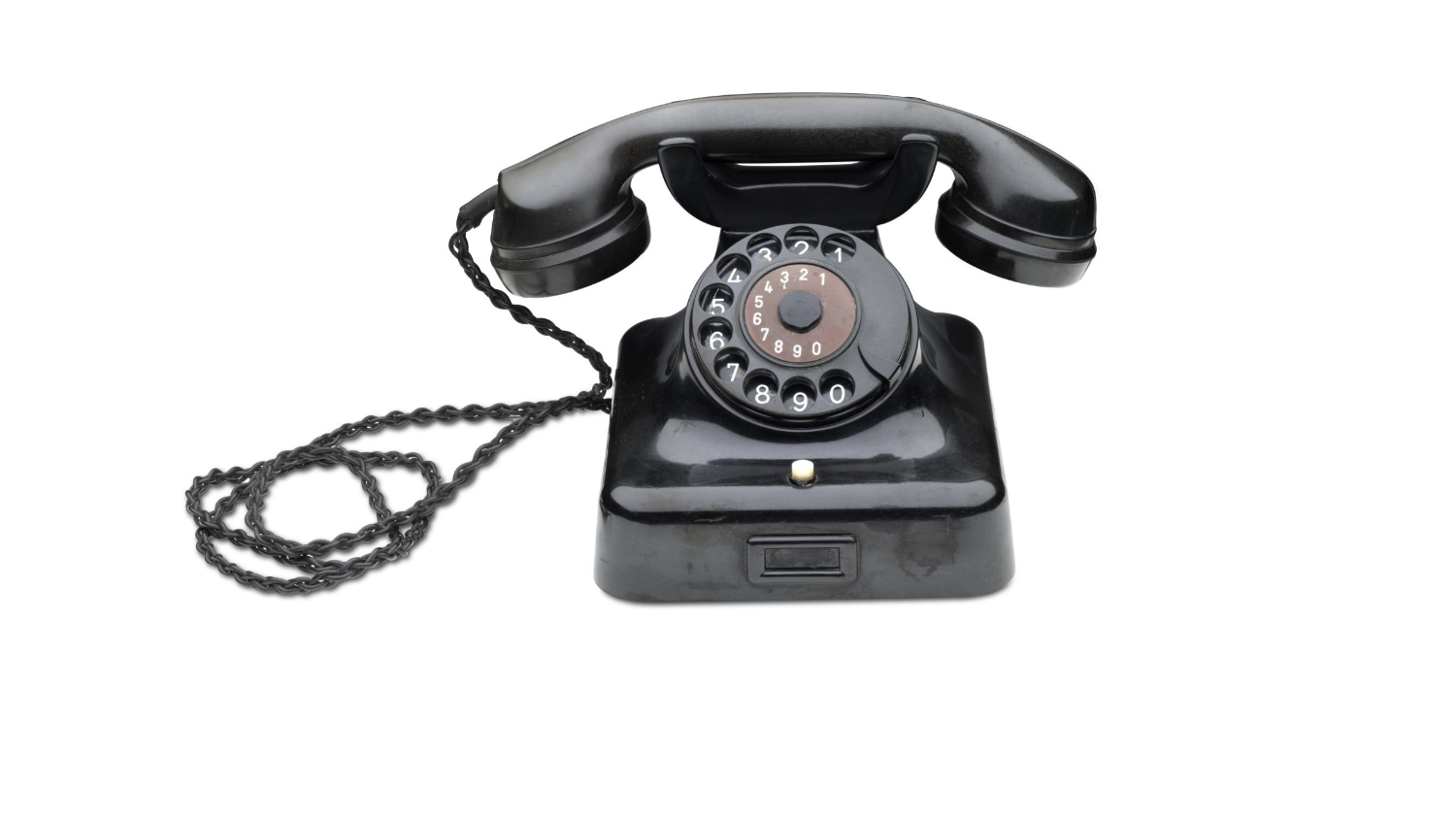
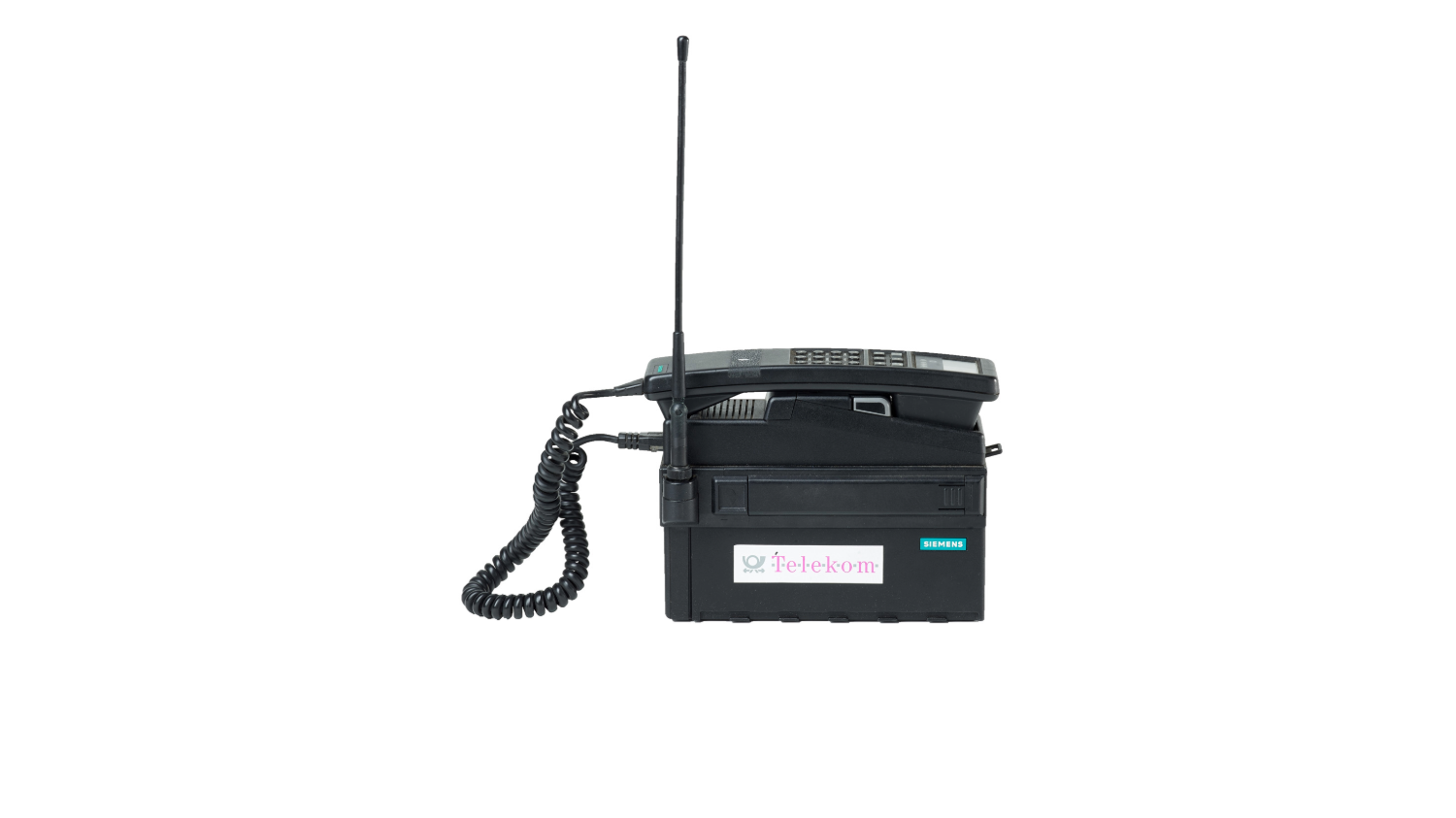
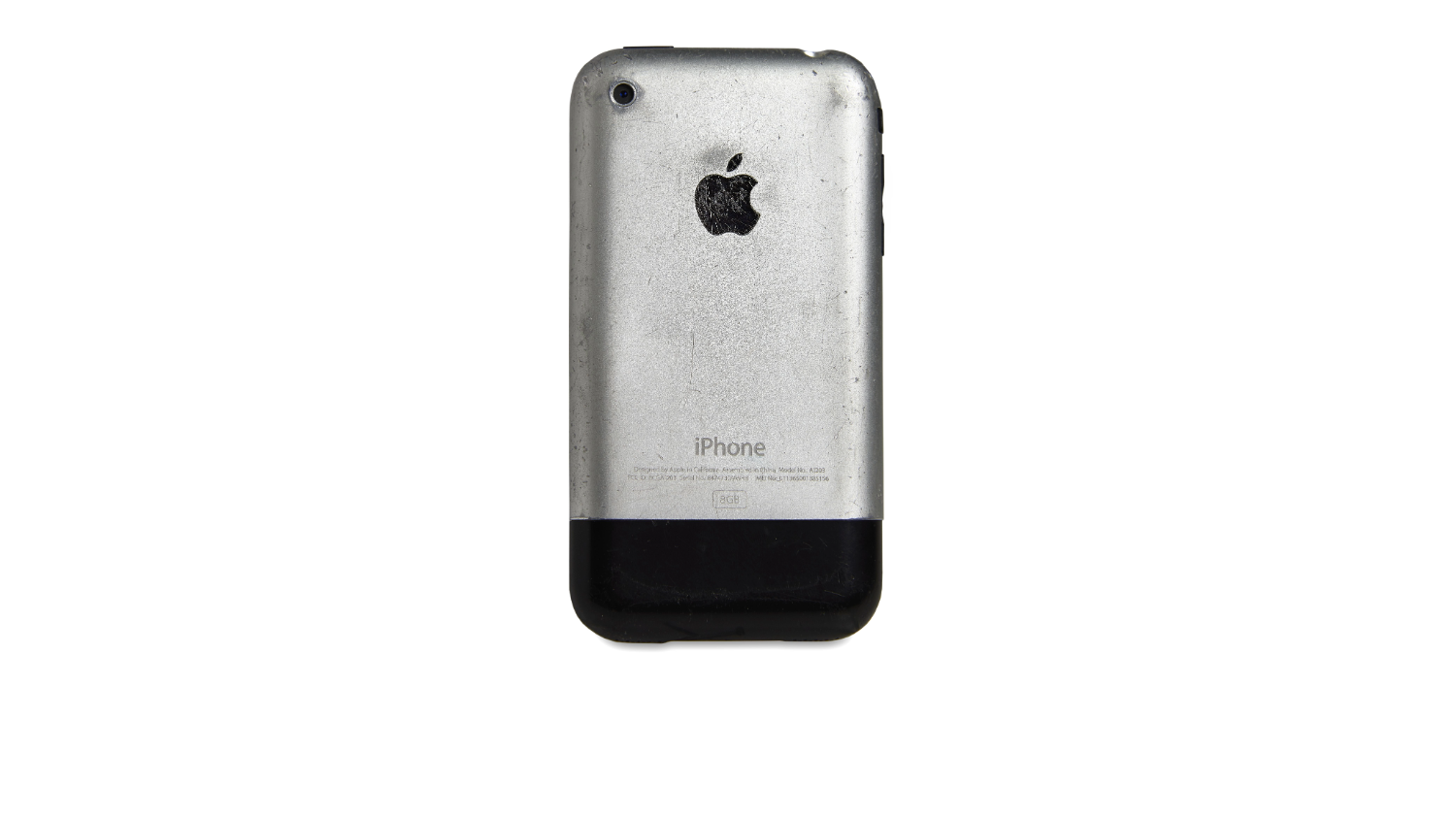
Telecommunications device
Telephones, radios and smartphones
The collection area “telecommunications device” comprises electrical devices whose main function is the exchange of information and messages. Individuals or groups can communicate with each other over large distances. This includes landline and mobile phones as well as smartphones, but also fax machines, walkie-talkies and pagers.
Contact
Foundation
Technical Design
Technical Drawings and Construction Models
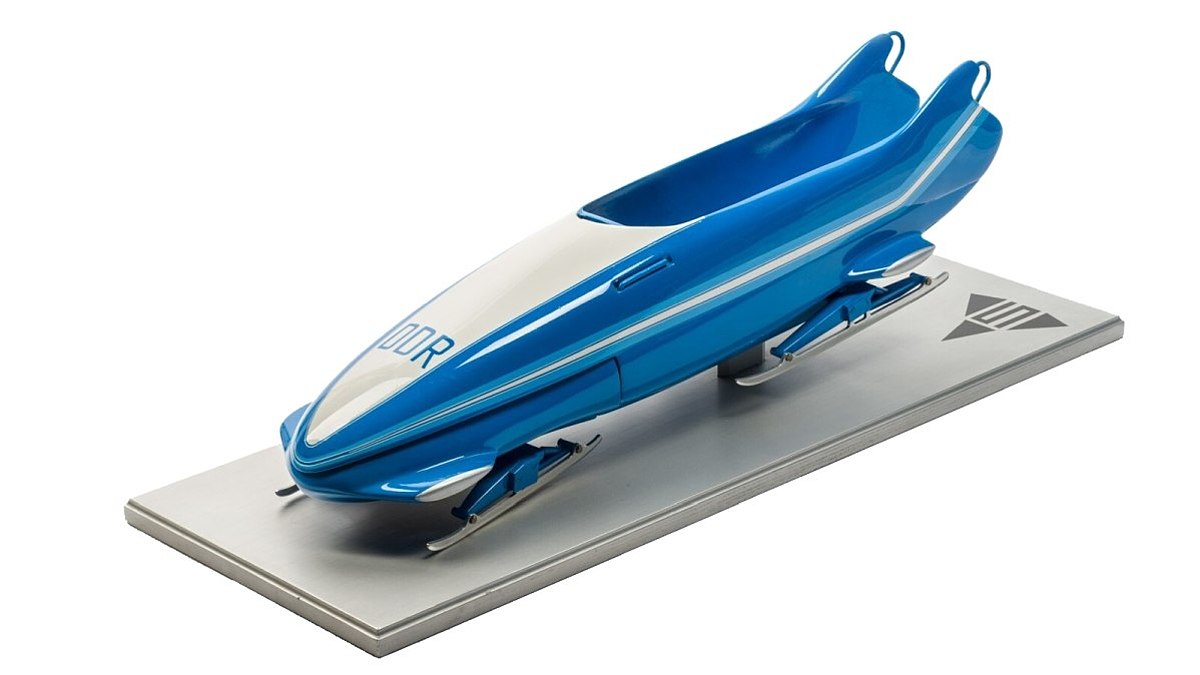
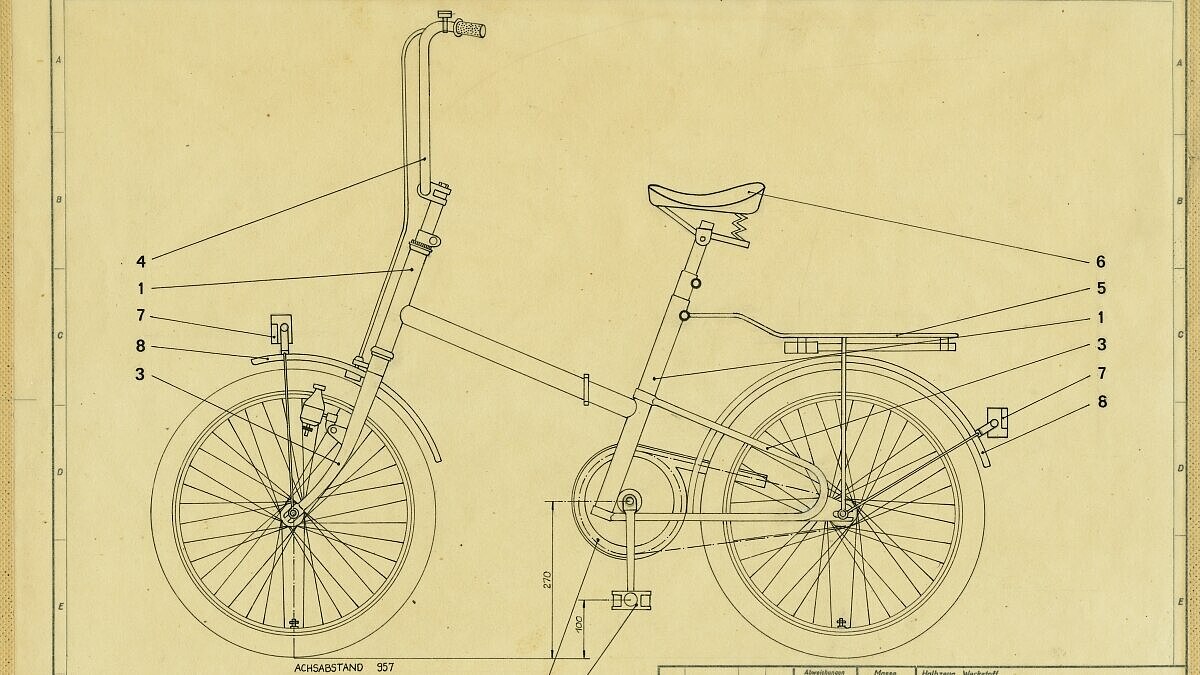
Technical Design
Technical Drawings and Construction Models
This collection group includes drafts and models, drawings and product design drafts which form the preliminary stage of a technical device, work equipment, product in the field of capital and consumer goods or similar. Here you will find technical drawings of all kinds, vehicle models etc.